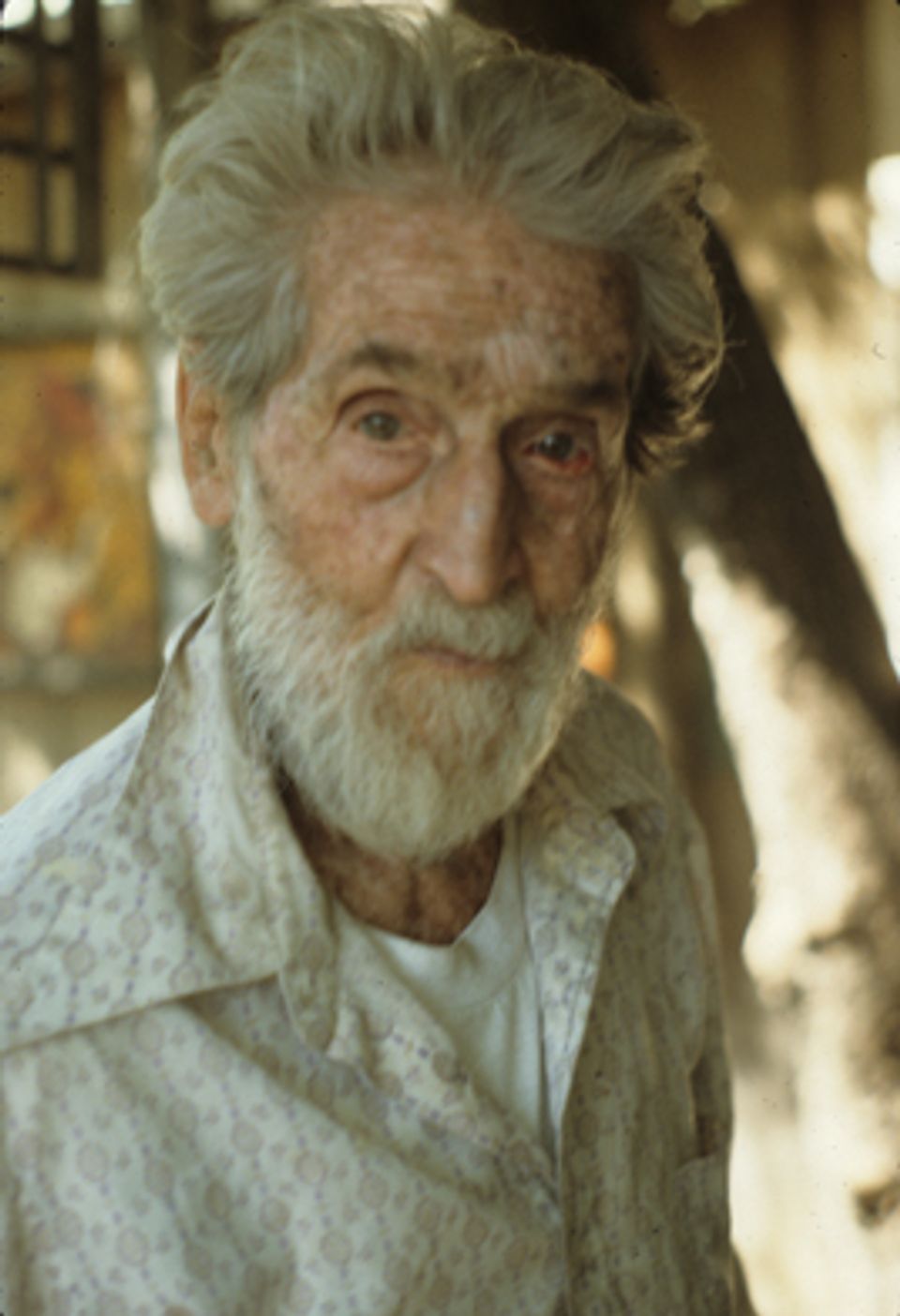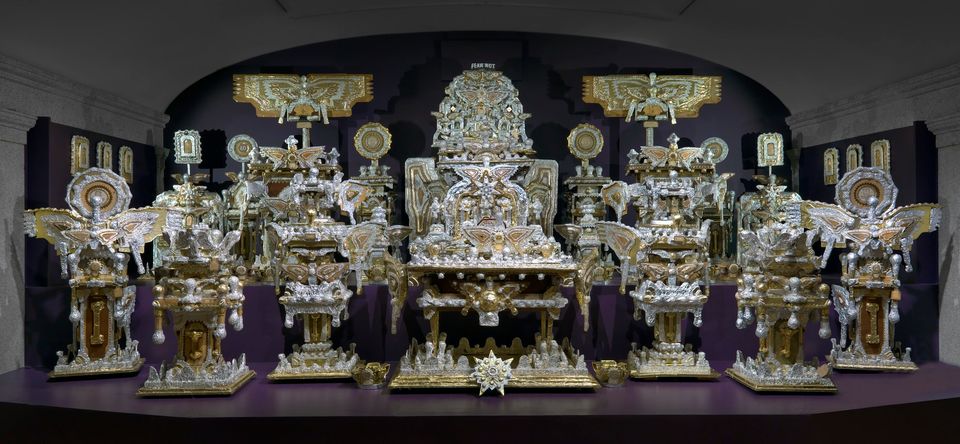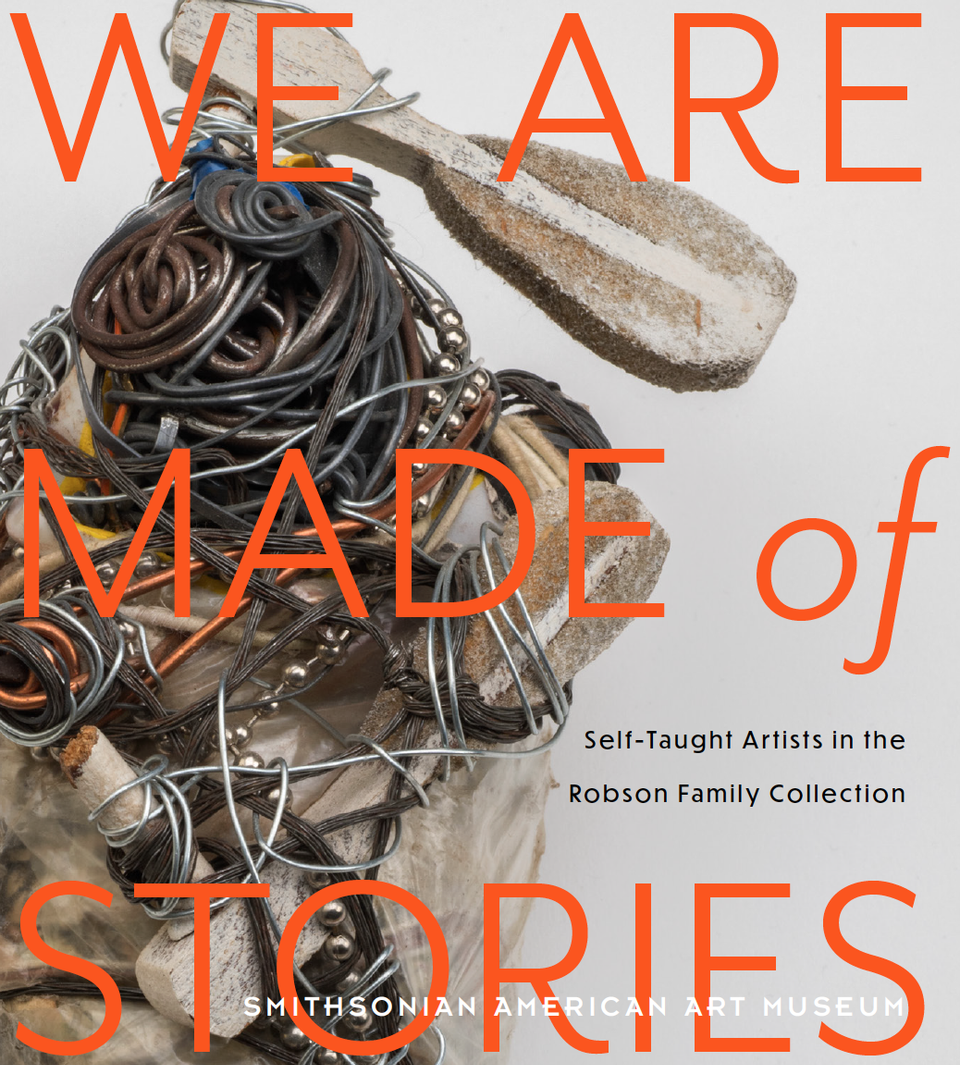Jon Serl

- Also known as
- Joe Seals
- Joseph Searles
- Jerry Palmer
- Ned Palmer
- Born
- Olean, New York, United States
- Died
- Lake Elsinore, California, United States
- Biography
According to Jon Serl, this painting began one afternoon with the drawing of a neighborhood boy who interrupted Serl's painting. Serl told the boy to retrieve a piece of scrap board and work on his own creation, instructing him to "put the head all the way at the top and put the feet at the bottom." When he saw the initial drawing, Serl was inspired to work on it himself, to "make it live." The result is a composition characteristic of Serl's art that interweaves daily realities with his profoundly subjective view of contemporary life.
As a child, Serl performed in his family's traveling vaudeville show, and this experience provided an essential element of his mature painting style. When Serl began painting inearnest after World War II, his earliest compositions were landscapes. By the mid to late 1950s, Serl's vision had turned toward expressionist figurative studies that continue to command his attention. His portrayals of human interaction are usually stagelike, achieving their mysterious qualities by a masterful use of color. "You don't see my paintings," Serl insists, "you feel them."
Lynda Roscoe Hartigan Made with Passion: The Hemphill Folk Art Collection in the National Museum of American Art (Washington, D.C. and London: National Museum of American Art with the Smithsonian Institution Press, 1990)
- Luce Artist Biography
Jon Serl grew up in a family of vaudevillians and performed across the country in women's clothes and a blond wig. He ran away to Hollywood in the 1930s and worked as a movie extra, but an accident on a set drove him from the business (Kristine McKenna, "Inside the Mind of an Artistic Outsider," Los Angeles Times, November 12, 1989). He settled in an old adobe hut in Capistrano, California, where he grew his own vegetables and shared his house with a flock of chickens. Serl saw a world in which people only cared about material goods and didn't understand American values. He felt he "had to do something," so devoted his time to painting images that expressed his views on war, consumerism, and human nature (Jessica Jacobs, "Psychological Paintings: The Personal Vision of Jon Serl," Newport Harbor Art Museum, Calif., 1981/82). He painted all day every day for more than forty years, saying that "even if I could live my life over I'd be an artist, because when I don't use the paint it cries." ("Inside the Outsiders," Art and Antiques, Summer 1990)
















